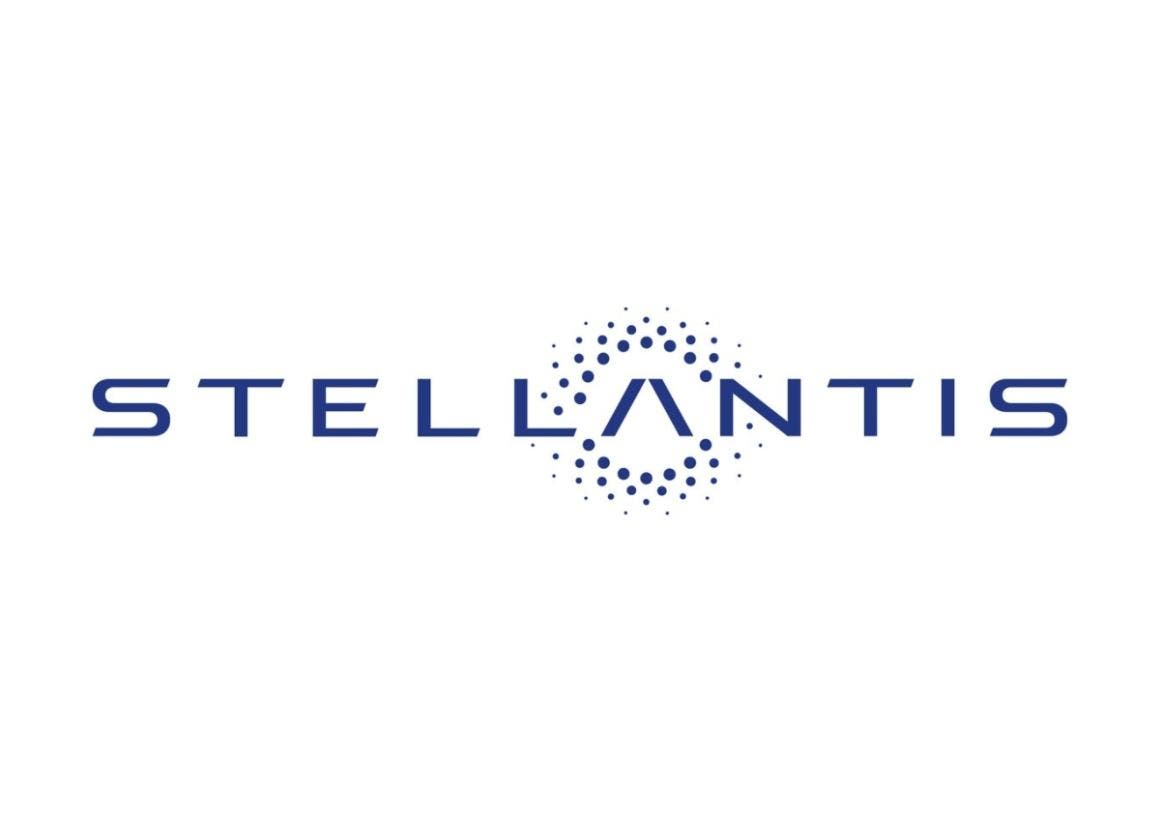Stellantis’ new sales model, based on an agency system, appears to be in the balance. The calamitous outcome in Belgium of the pilot project, with plummeting sales and widespread discontent among dealers, led to a postponement of implementation in Spain. Now, doubts arise about the very future of the plan.
Stellantis: the agency model between flops and rethinks
The future of the Stellantis “Agency Model” or the plan that was developed to go about revolutionizing the role of dealers in the automotive market at the moment is entirely uncertain. In Belgium, the first country to adopt the project, results were not at all satisfactory. This situation has triggered various protests by dealers and as a result, many doubts have arisen on the part of the automotive group.
This model agency was created in such a way as to provide that dealers would no longer purchase cars from Stellantis. The role assumed by the various companies would be to sell the vehicle directly to the end consumer but always on behalf of the manufacturer. This implies greater transparency for customer purchase prices, but conversely, for dealers it means a sharp drop in revenue margins.
As anticipated a few lines ago, Belgium was the first country to implement this kind of strategy, and the numbers at the moment are very clear. Unfortunately, there have been very poor sales and moreover, several complaints have arisen from dealers, who are protesting about a number of critical issues. The situation is creating a lot of tension and now the future of this project in Belgium may be jeopardized. Stellantis is therefore currently facing a rather difficult crossroads. On the one hand, it could consider revising the Agency Model to make it more advantageous for dealers as well, or risk seeing it go even worse. The stakes are high, as the automotive group’s distribution network could be in trouble if this situation is not resolved.

The new agency model implemented by Stellantis in some European countries is encountering several difficulties; in addition to the drop in sales we mentioned for Belgium, there have also been several delays in implementation in other countries such as Spain and France.
In particular, the new model has created difficulties for the various dealers in managing their commitments to customers. Specifically we see the control of sales: the goal of Stellantis to return to take control of sales has caused a loss of market share, as the case of Belgium shows. In addition, there are management difficulties for manufacturers who cannot keep track of sales to the end user and the path to the customer. There are also IT problems that have caused a slowdown in the management of the model itself. Inventory control has also taken a hit; in fact, difficulties have arisen in inventory management and dealer replenishment. To top it off, several uncertainties have arisen about improving the customer experience. At present, there is no confirmation that the model is bringing actual improvements in customer experience.
Introduction of the agency model in Spain has been postponed to 2026 because of these issues. As for France, the implementation of the New Retail Model program has been postponed to 2026 for light commercial vehicles and premium brands and to 2027 for generic brands. Problems also face other countries such as Austria, Luxembourg, and the Netherlands, which were initially planned as pilot countries for the program but are currently only experiencing disappointing results and a steady decline in sales. The postponements and difficulties that have arisen so far may be the first signs that Stellantis may be abandoning the agency model.
